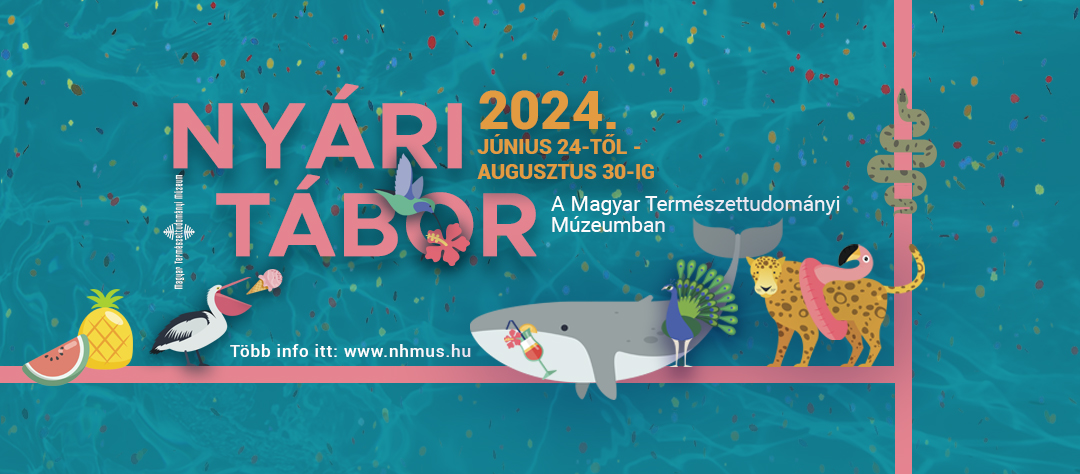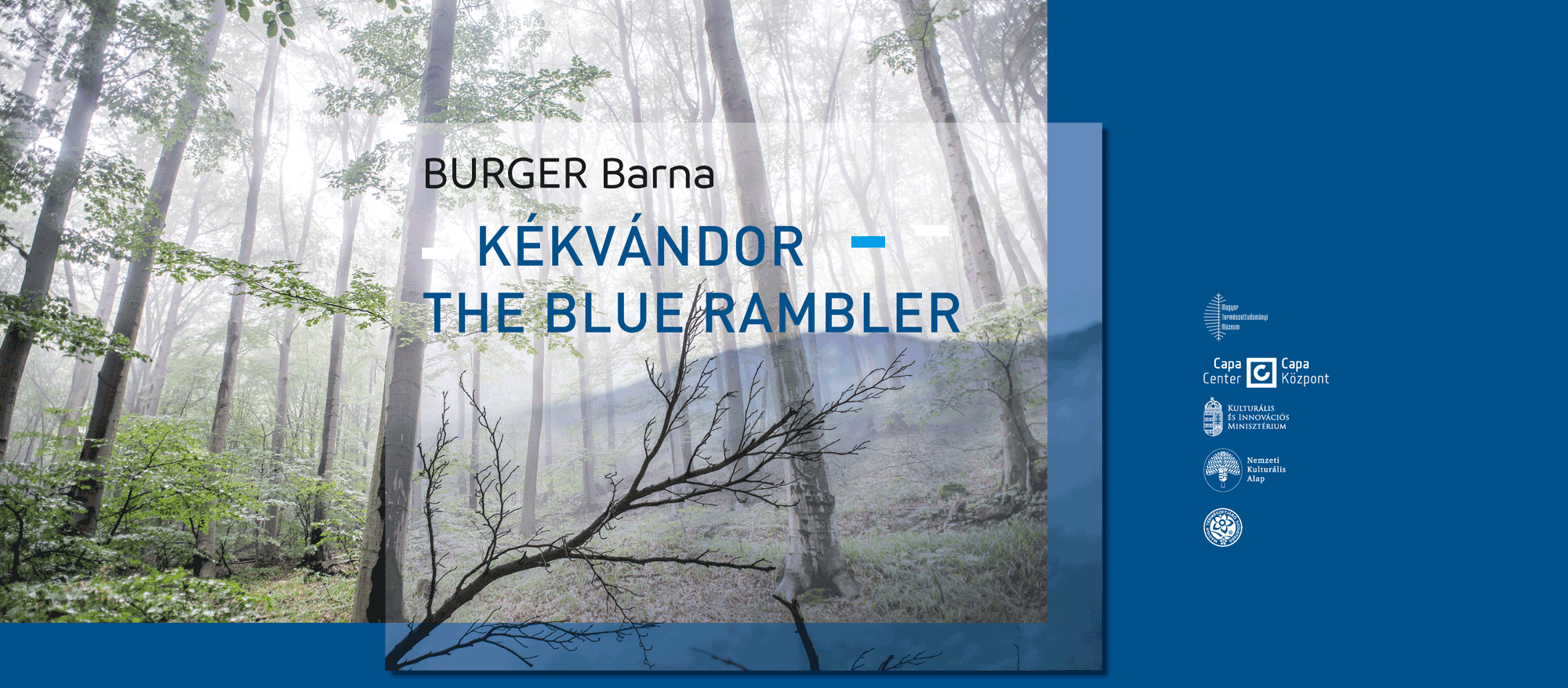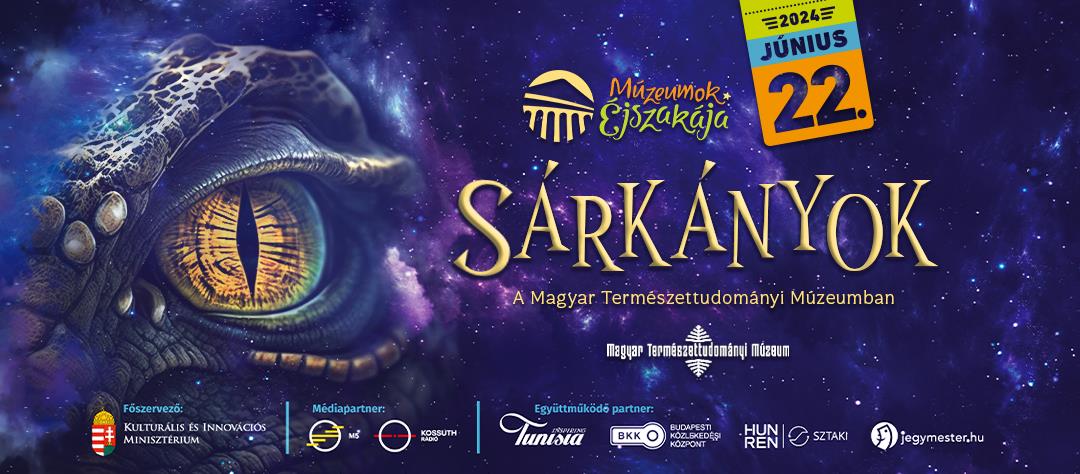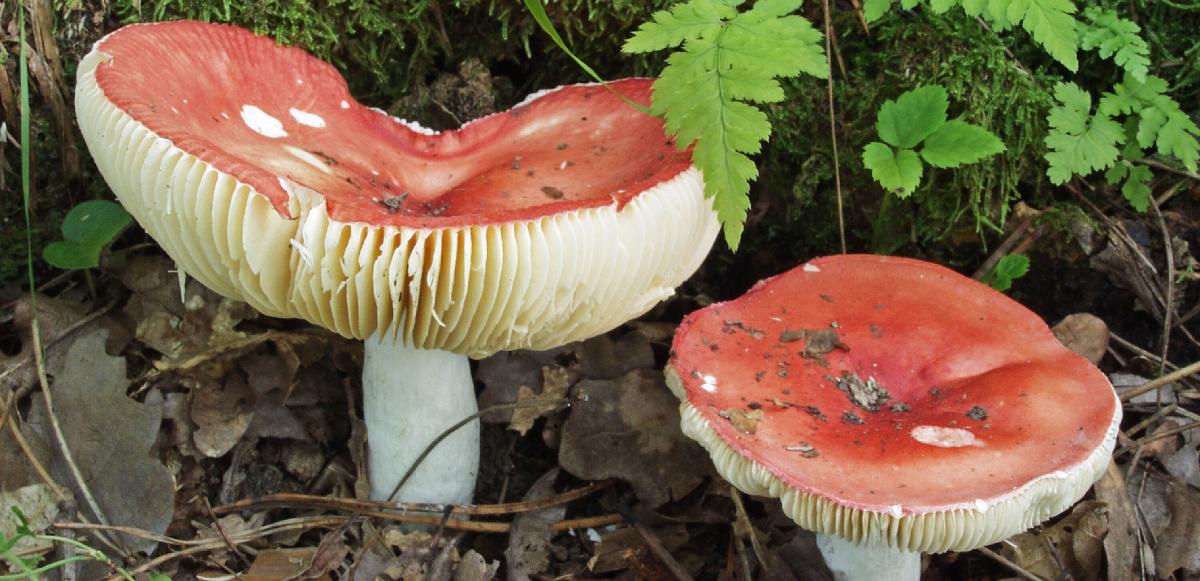
The Macrofungi Collection preserves macroscopical species of Basidiomycota. Since there was no systematic collecting before 1906, the fungi collection grew mainly with exsiccata received from abroad. The largest part of it consisted of Frigyes Hazslinszky’s fungi herbarium and material of a few Hungarian and foreign mycologists, such as Herpell. In 1889, Gyula Istvánffy established the Fungi Collection, however, the macroscopic part began to develop only after Word War II as a result of the efforts of Gábor Bohus and Lórántné Babos. Today this is one of the most significant fungi collections in Europe.
For preservation we use a unique technology improved by mycologist Gábor Bohus from the procedure called Herpell-method.
In 1991 Gizella Vasas and Csaba Locsmándi initiated the use of lyophilisation, commonly known as freeze- drying, for the preservation of fungi. This process enables us to preserve the original condition of fungi in regards to their shape and colour, making them particularly appropriate for educational and presentation purposes.
Staff
Senior curator: Csaba Locsmándi
Curator:
Preparator: Judit Esztergályos
Collection size
Total: more than 50,000 exiccatae
Number of species: approx. 4,000
Number of type specimens: 68
Library items: approx. 200 books, 1,000 reprints
Genetic Resource Collection of Fungi
In 1990, Csaba Locsmándi and Gizella Vasas established a living collection of macrofungi, in which Saprotrophic macrofungi (currently 586) are isolated and stored on ultra low temperatures (on -196 °C) in liquid nitrogen. This singular fungi collection of Hungary not only contains isolates of rare and endangered species, but also has potential economic and conservational importance.
Availability
Seventy per cent of the Collectio Macromycetum (Agaricales, Gasteromycetes) has been databased.
The collection is open for visitors by appointment only.
Our materials are available for examinations for external researchers.
To discuss requests, please contact our senior curator: vasas@nhmus.hu.
On-site examination
Terms and Conditions (PDF)
Research permit form (DOC)
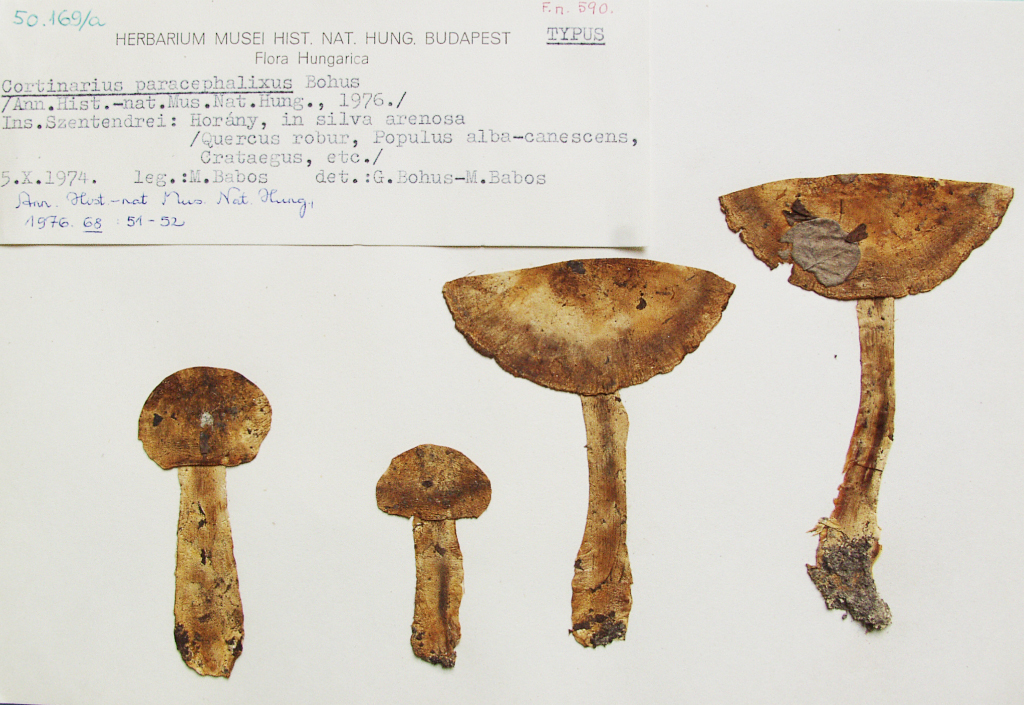
Type material of Cortinarius paracephalixus prepared by modified Herpell’s method (photo: G. Vasas)

